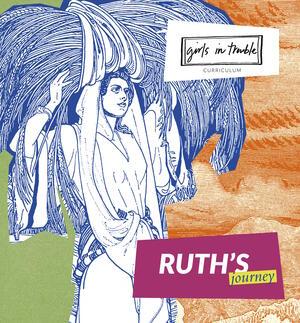Ruth's Journey
Learn how Ruth changed her life by making a series of bold choices, and examine how taking risks, small or large, might lead to positive transformations in your own life.
Overview
Enduring Understandings
- Taking risks can be daunting because there is no guarantee that the outcome will be positive, but risk-taking can also lead to opportunities and growth that we may otherwise never experience.
- Ruth’s bravery can inspire us to embark on journeys of self-transformation in our own lives
- Creating art about women in Torah continues the millennia-old tradition of interpretation, while bringing female characters to the center of the process
Essential Questions
- Why is Ruth’s story important?
- How do we decide when to take risks in our own lives, and how can Ruth’s story help us through this challenging process?
- How does Alicia’s song contribute to our understanding of Ruth’s story?
Notes to Teacher
We encourage you to make this curriculum your own. For instance, if there isn’t time during your class period to have students sketch out their own creative interpretations, you can either leave this part out or treat it as an extension activity.
We also encourage you to include as much hevruta (partner) study as possible. If you are new to hevruta study, you can think of it as discussion between two partners who can help each other learn by challenging each other’s first impressions. Breaking the group into pairs and having them read texts out loud, rather than silently, is an essential part of hevruta study.
Lastly, when studying the Torah text, we find it helpful to have students identify every problem, difficulty, or moment of confusion they can find in the text, as if they were on a scavenger hunt. This opens up the door to midrash, the Jewish tradition of creative Torah interpretation, which imagines answers to those questions.



